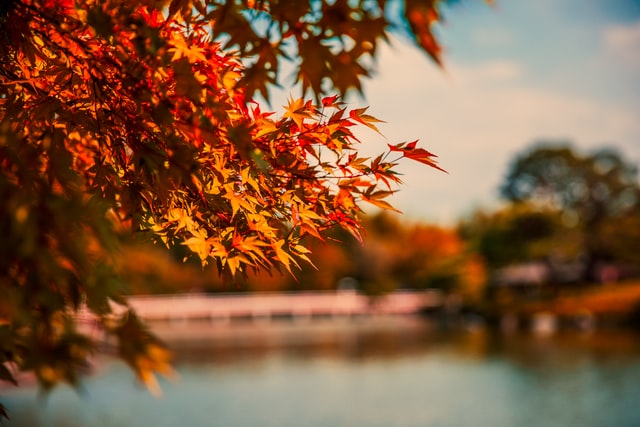Maple trees put on a most stunning display of colours there possibly is as fall approaches. They are a feast to the eyes, to say the least, and for someone who loves nature, it is always a dream come to witness their beauty. They’re also one of the simplest trees to grow, and they’ll last for centuries. Canada is forever associated with the maple tree — prominently on its national flag.
However, not all maples are made equal, and if you are not careful, you may experience a few drawbacks. If you want to add one of these lovely maple trees to your yard, here are the pros and cons of planting a maple tree.
Pros of Planting Maple Trees
- Wide variety
There are around 128 species of maple trees. The majority of the species are native to Asia, but several others can be found in Europe, North America, and northern Africa. 10 species are native to Canada: the Canadian red maple tree, bigleaf, black, silver, Douglas, Manitoba, mountain, striped, sugar, and vine.
Aside from their stunning colour, another advantage of growing maple trees is the wide variety of sizes and forms available. Some are narrow, while others expand outward. Some remain tiny while others can reach heights of more than 30 metres.
- Attractiveness
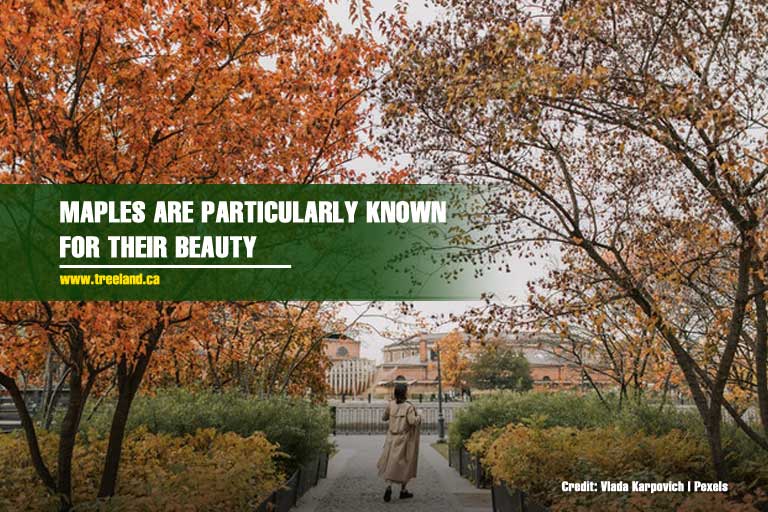
A maple tree can be decorative. Many maple species have fragile, elegant leaves, while others have magnificent late-winter crimson flowers. Many of them have fascinating bark as well.
Its fruit, called the winged samara or “whirlybirds”, are especially popular among kids. These fun fruits have an elongated, helicopter-style wing, which lets them twirl to the ground.
- Grows Fast
Many maple trees grow quickly, so they don’t take long to take root in the environment, and as a result, you get to enjoy their benefits sooner. For example, one of the fast-growing maple trees in Ontario is the popular red maple, which can grow up to 1.5 meters per year.
- Easy Maintenance
They can thrive within plant hardiness zones 3 or 4 up to 9. In addition, they can survive in a wide range of climatic conditions. They tolerate a broad range of environments, although they prefer wet, slightly acidic soils and moderate shade.
Cons of Planting Maple Trees
- Regional
Unfortunately, only particular varieties of maple trees can flourish in specific growth areas. You need to always check your garden is within the correct growth zone before planting. Native maple trees in Ontario may not fare well when planted in Manitoba. Trees that were planted in less-than-ideal settings can be more susceptible to disease.
- Vulnerable to Damage
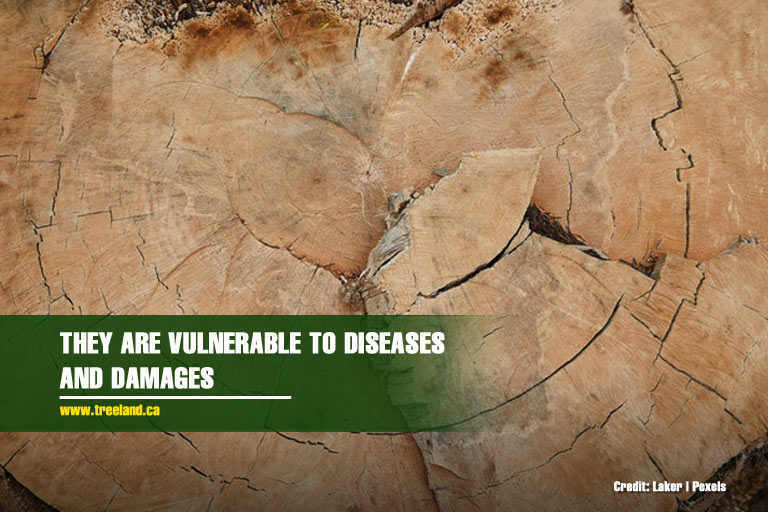
Their vulnerability to maple tree diseases and damages is one primary disadvantage. For example, the characteristics of softwood maple trees make them more prone to damage from extreme weather or other circumstances. This damage can further weaken the tree as it permits the growth of fungal infections and insects such as flathead borers, leafhoppers, and twig borers.
- Root Problems
Maple trees’ roots have shallow systems. Cracking sidewalks or roadways near an established tree may indicate a root system problem. Roots close to the surface can also damage lawnmowers and prevent grass or other plants from growing beneath the tree.
- May be Invasive
Hard maples and red maples are known for their dense cover. The shade under these maples can get so thick that water may be funnelled to the drip line, leaving the soils extremely dry that it is practically impossible to grow grass. Norway maple, in particular, has a high chance of invading and out-competing native plant species.
Varieties of Maple Trees
Before you can plant a maple tree, you need to know which species you want. The size, the leaf shape, and the colour all depend on the variety. There are numerous types of maple trees, and here are some of the most popular ones:
- Japanese maples
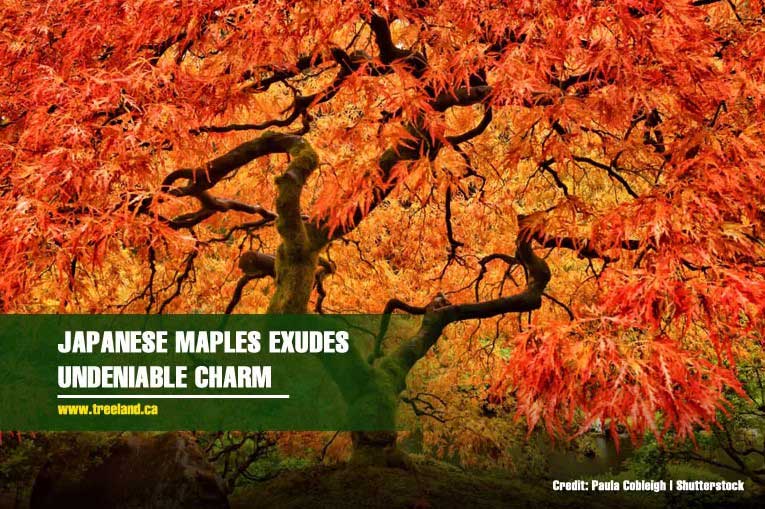
They are considerably more visually appealing with their finely serrated leaves. There are a variety of choices to pick from, with some growing up to 25 feet tall and others remaining shrub-sized.
- Norway maples
Norway maples are extremely resistant and can survive harsher growing environments than other maples. They have a beautiful appearance and can reach a height of 50 feet. Because these trees are so hardy, they may be deemed invasive in some locations, so do your research before purchasing.
- Paperbark maples
Paperbark maples are unique. Their bark peels from the trunk, revealing a lovely copper colour underneath. They are excellent as showpiece trees because they are quite tiny, growing to only 25 feet in height.
- Red maples
Red maples can be found in abundance in North American forests, and they are well-known for their brilliant red leaves when autumn comes. They can grow to be 75 feet tall. When planted on large grounds, these vibrant trees make a big statement.
- Sugar maples
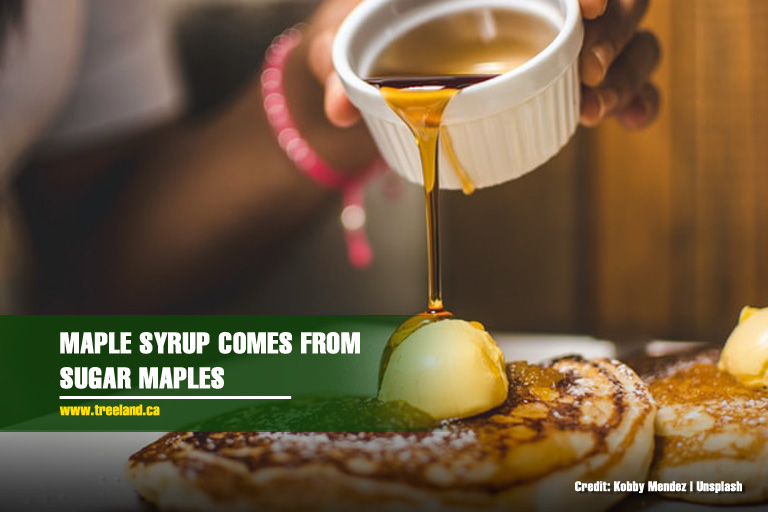
Sugar maples are the most famous, growing up to 120 feet tall. Fertile, loamy, well-drained soils are ideal for these trees. In early April, sugar maple trees produce a yellow-green flower that blooms before the leaves grow on the tree. Sugar maple sap is used to produce the beloved maple syrup.
Choosing the Right Maple Tree
Here are a few things to consider when selecting a maple tree for your landscape:
- Size
Maple trees exist in a variety of sizes, which is something you should keep in mind when choosing which one to buy. Some maple tree species, such as the sycamore maple tree, grow to be exceptionally large and thrive in areas where they have plenty of room to expand. If you have limited space in your landscape, a type like the Japanese maple may be a good choice.
- Soil
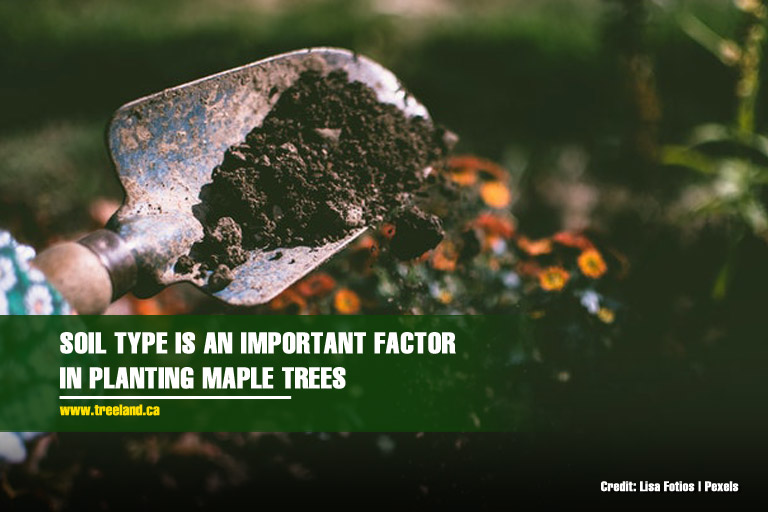
Different maple varieties have different soil requirements. Some like to be in soil that has more moisture, while other species require a little more acidity in their soil to thrive properly. Before you make your decision, think about your soil type.
- Sun Exposure
While it is important for maple trees to absorb sunshine, some may need less sun exposure than others. If your yard is a little tight and you can’t promise a full day under the sun for your maple trees, choose a hardier type like silver maple, which can grow even under a shade
- Sap Production
One of the best parts about having a gorgeous maple tree on your property is harnessing its sap so you can make your own delicious maple syrup. Remember, though, that different maple trees produce a different kind of sap, and certain saps are better for making maple syrup. If creating syrup is a significant reason for planting a maple tree within your yard, sugar maple is a good choice.
Before choosing a maple tree, be sure to consult with an expert first. They can provide you with essential information and tips for planting maple trees.Here at Caledon Treeland, we make sure you get the ideal tree for your property. We’ll help you make the best decision for your landscape. Are you looking for maple trees for sale in Toronto? Call us at 905-880-1828 today.

